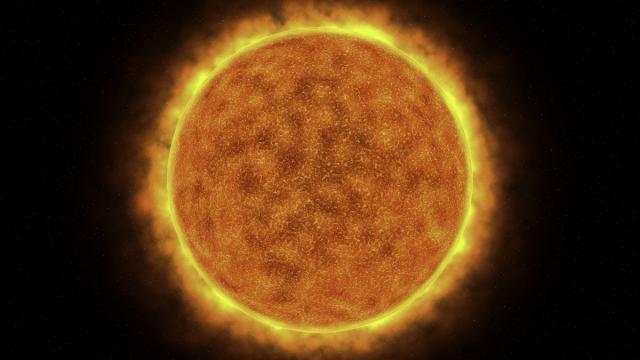Back in 2017, a fireball lit up the skies of Japan and no one knew what was going on.
Scientists have now figured out what the hell happened and there’s a small chance it might collide with Earth one day.
The fireball thankfully crumbled into the size of a ping pong when it entered the atmosphere and was seen across Kyoto’s sky, as reported by LiveScience.
The thing is, scientists have now figured out the asteroid came from a much larger parent, 2003 YT1, with a diameter of around two kilometres. It’s estimated that this big boi has a six per cent chance of hitting Earth at some point in the next 10 million years. Admittedly, that’s a pretty big range but still, yikes.
[referenced url=”https://gizmodo.com.au/2019/10/mysterious-chilean-fireballs-werent-meteoritesso-what-were-they/” thumb=”https://i.kinja-img.com/gawker-media/image/upload/t_ku-large/tzzwwtdaqbkhxb9edfr3.jpg” title=”Mysterious Chilean Fireballs Weren’t Meteorites, So What Were They?” excerpt=”Flashes lit up the sky over Chile last week, some even causing fires on the ground ” but a new report has found that the origin of these fireballs is a mystery.”]
2003 YT1 was first discovered in 2003 and is a binary asteroid. This means there’s a primary and secondary asteroid orbiting the same axle known as a barycenter. That two kilometre asteroid is the big daddy but it has a little child, which shares its space, with around a 200 metre diameter.
That six per cent chance is very small but it’s enough for scientists to deem it potentially hazardous.
Not that I wish certain distress on future generations but let’s hope that tiny window doesn’t occur within our lifetime.
[referenced url=”https://gizmodo.com.au/2019/10/cosmic-rays-may-have-blasted-gigantic-sand-dunes-into-existence-on-saturns-moon-titan/” thumb=”https://i.kinja-img.com/gawker-media/image/upload/t_ku-large/hwvv7zr3chitllnj8hc6.jpg” title=”Cosmic Rays May Have Blasted Gigantic Sand Dunes Into Existence On Saturn’s Moon Titan” excerpt=”The equatorial dunes on Saturn’s moon Titan are among the most dramatic surface features in the Solar System, but scientists aren’t exactly sure how they formed. New experimental evidence suggests the dunes arose as a result of cosmic rays hitting Titan’s surface ice.”]
